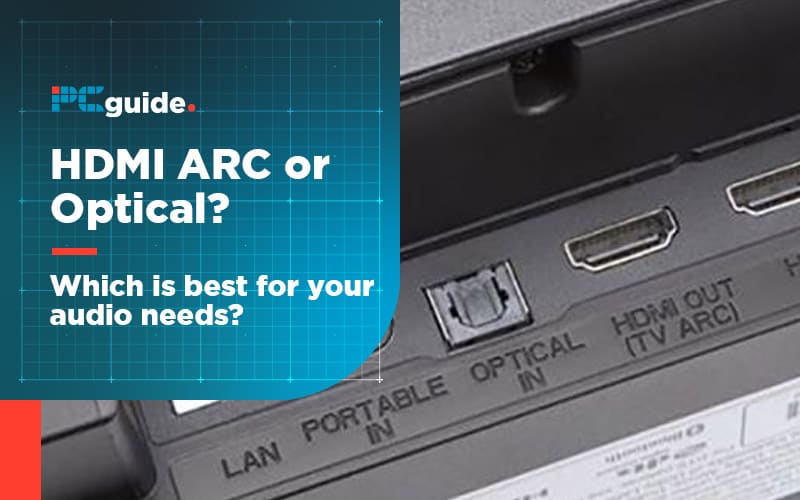Last Updated on
HDMI ARC, eARC, and Optical are all better ways to hook your entertainment system up to an audio receiver, but what are they and can you even use them?

You can trust PC Guide: Our team of experts use a combination of independent consumer research, in-depth testing where appropriate – which will be flagged as such, and market analysis when recommending products, software and services. Find out how we test here.
Last Updated on
